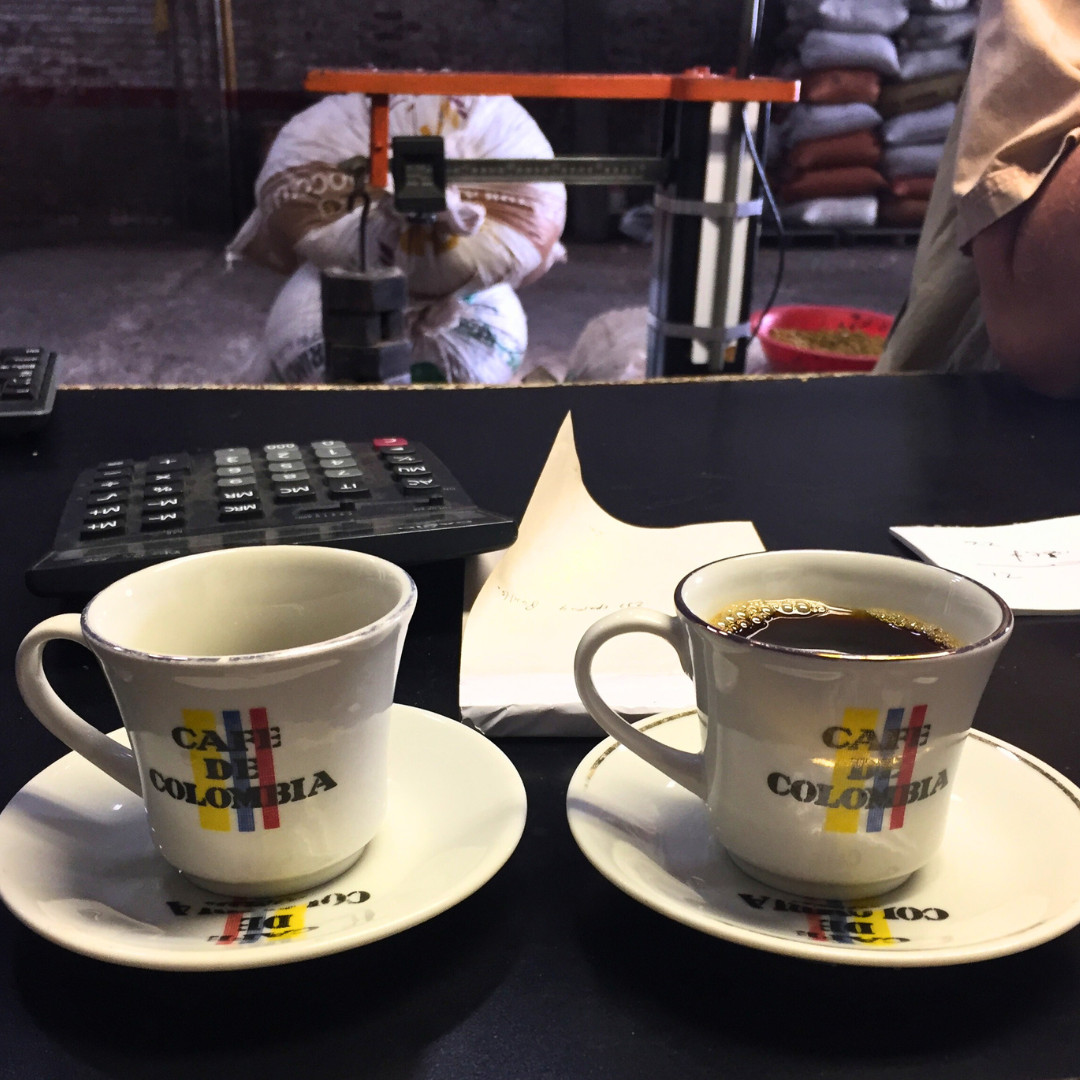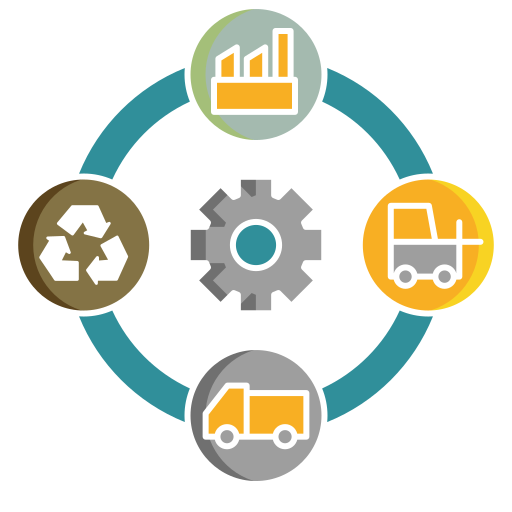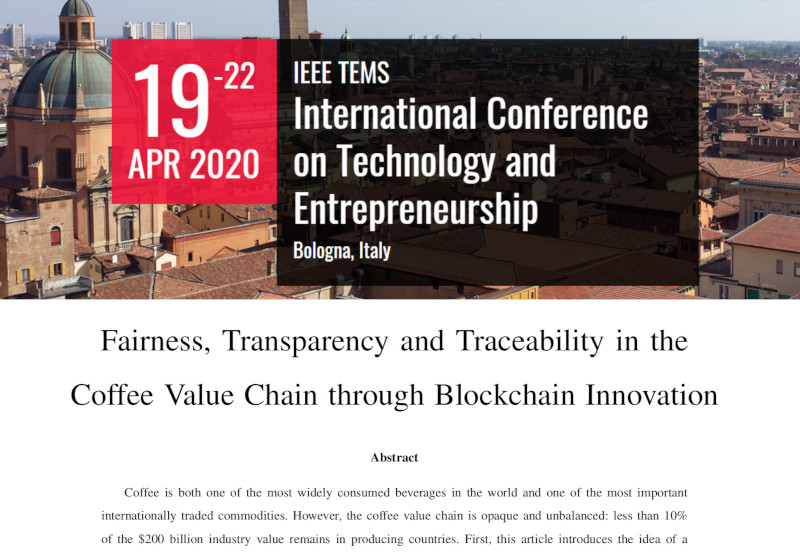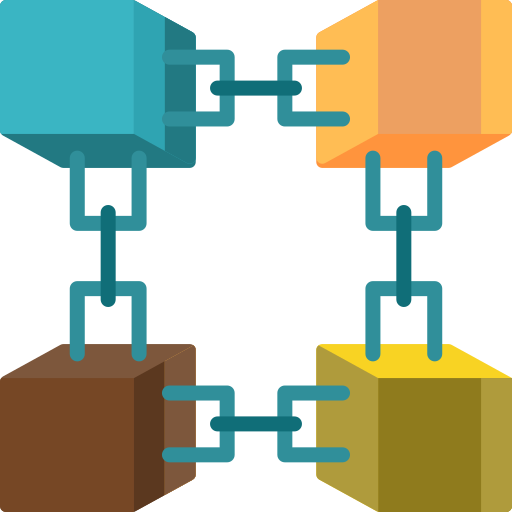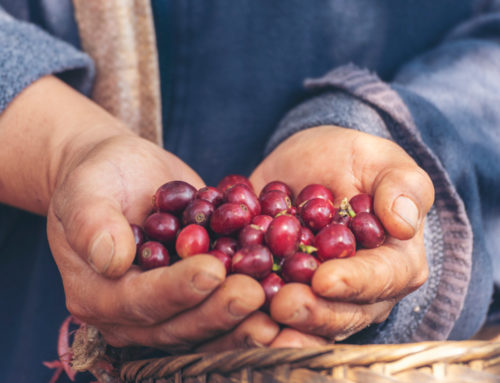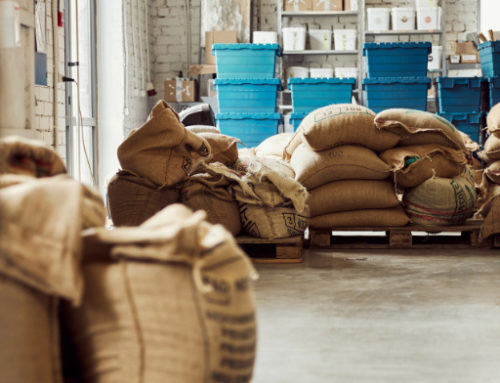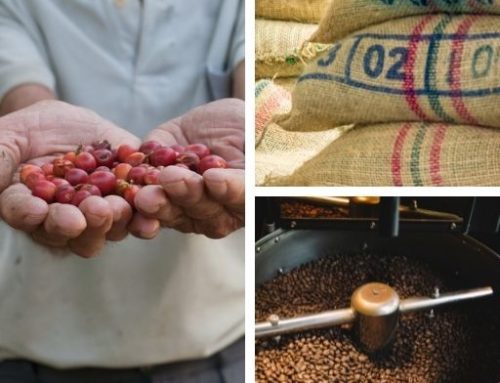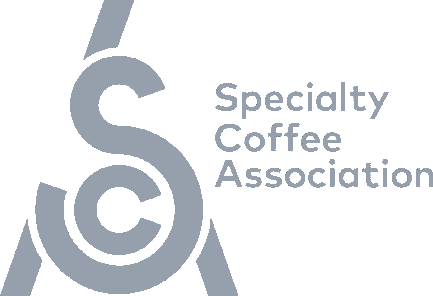Topics covered
- Transparency in Coffee
- Farm gate price vs FOB Price
- C-Market for Coffee
- Coffee Future contracts
- What influences the price of coffee
The coffee industry is grappling with several challenges, including a lack of transparency and traceability, which hinders consumers’ ability to know the social and environmental production conditions of their coffee.
This opacity also perpetuates power imbalances in the supply chain, hindering wealth creation in producing countries. In this blog, we go through a detailed explanation of the basics of coffee economics and its importance for understanding Transparency in Coffee.
What is Transparency in Coffee?
Transparency in the coffee supply chain is about providing a comprehensive and honest look at every stage of the process, from the farmers who cultivate the beans to the roasters who craft the perfect blend to consumers who brew the perfect cup.
This includes disclosing the coffee’s specific origins, information about the farmgate price, free on board (FOB) price, and shedding light on the complex mechanisms of trading and transportation that bring the coffee to consumers.
By doing so, transparency aims to promote a more equitable and sustainable coffee industry, where all stakeholders can thrive and it is essential for building trust and fostering strong relationships between coffee producers, roasters, and intermediaries.
What is FARMGATE Price?
The farmgate price in coffee refers to the price paid directly to the farmer for their coffee, excluding any transport costs, additional costs, or markups added by intermediaries such as traders, mills, or exporters.
The Farmgate price is considered the most accurate indicator of the price received by the farmer for their coffee, and is often seen as a key metric for ensuring fair prices and sustainable livelihoods for coffee producers.
Farmgate prices can vary significantly depending on factors such as the quality of the coffee, the type of coffee being sold (e.g. cherry, wet parchment, dry parchment, or green coffee), and the farm’s location. Here you can read our blog about type of coffee sold by the farmers.
Farmers may receive a base price for their coffee, with additional premiums paid later in the season based on the coffee’s quality and any certifications it may have, such as organic or fair trade. However, determining the accurate farmgate price, which is the price paid directly to the farmer, can be challenging.
This is because the farmgate price is often replaced by the Free on Board (FOB) price, which is the price paid by the buyer when the coffee is ready to be shipped.
The FOB price includes various costs such as transport, milling, and logistics, making it difficult to discern the actual price paid to the farmer.
What is FREE ON BOARD (FOB) price?
The Free on Board (FOB) price in coffee refers to the price that a buyer pays a coffee exporter when the coffee is ready to be shipped out (usually from the port).
This price includes the cost of the coffee itself, and the logistics costs incurred by the exporter for transporting and preparing the coffee for shipment, such as warehousing, export packaging, transport to ports, customs clearance, and loading onto ships.
The FOB price is usually paid to the exporter, who may also be the miller, and it includes the costs of processing the coffee from its raw state to the final product and the markup on the transaction.
While the FOB price can provide a useful benchmark for comparing prices, it is misleading about fairness. A high FOB price does not necessarily guarantee a high farmgate price, and the difference between the two can be significant. For example, in some countries, the farmgate price may be as low as 50% of the FOB price, while in others it may be as high as 90%.
To determine whether a price is fair for farmers, it is necessary to consider the context in which the coffee is produced and sold. This includes understanding the costs incurred by farmers, the premiums paid for certain types of coffee, and the exchange rates that affect the value of the coffee.
Simply relying on the FOB price may not provide a complete picture of the fairness of the price paid to farmers
What is the C-Market for coffee?
Both Arabica and Robusta coffee are traded in options and futures contracts on the Intercontinental Exchange (ICE) for commodities trading. Arabica coffee is also traded in futures contracts on the New York Mercantile Exchange (NYMEX), which is operated by the Chicago Mercantile Exchange (CME).
When it comes to commodity trading, it’s crucial to understand that Arabica and Robusta respond to different market triggers and have unique characteristics that affect their pricing and trade.
The Intercontinental Exchange (ICE) sets the global price of coffee, known as the C-price.
Commodities in general are meant to be uniform and interchangeable to be traded in massive quantities in the market, so the commodity market disregards the intrinsic qualities of coffee, namely the quality, flavor, sustainability, innovation or any effort made by the farmer when producing it.
The commodity market disregards the intrinsic qualities of coffee i.e. quality, flavor, sustainability, innovation or any effort made by the farmer when producing it.
What is a coffee future contract?
Commodity future contracts commit a buyer and a seller to trade a specific amount of coffee with a predetermined price at a future date. The tricky part rely on the fact, that these contracts are not used to trade actual, tangible coffee but rather serve other purposes such as:
- Price setting. The C-price is used a benchmark to determine the floor price for the coffee beans without taking into consideration the real cost of producing coffee.
- Risk Management. Traders used coffee contracts to hedge the risk to lock in favorable prices so they protect themselves from future loses.
- Speculation. The C-Market is great for hedge funds, investors or speculators that bet on these price’ changes to make a profit, so this exacerbates the volatility of coffee.
7 times more coffee than is actually produced is traded in Arabica Futures each year
What influences the price of coffee?
Climate
Climatic circumstances influence whether people think there will be less or more coffee. Brazil is the world’s largest coffee producer, accounting for about a third of the world’s coffee production (from which 70% is Arabica).
Brazil climate is extremely impactful on global coffee prices because it is uniquely vulnerable to frost risk. The 2021 frost event in Brazil is a prime example, causing prices to soar to levels not seen since the mid-1990s.
The combination of a severe drought and frost in July 2021, coupled with COVID-19-related supply chain disruptions, led to a decline in coffee supply and a subsequent price increase. Arabica coffee prices peaked at 150 US cents/lb in July 2021, the highest level since November 2014, and continued to rise to 260 US cents/lb.
Plant diseases
Coffee plant diseases can have a devastating impact on coffee production, affecting the quality and quantity of the crop. The Coffee Leaf Rust and the Coffee Berry Disease are just some examples of the many diseases that affect the coffee plant.
Many countries planted disease-resistant coffee varieties because of the tragic losses of several years, such as the case of Guatemala in 2013, which lost almost 70% of its crop.
Consumer demands
According to the International Coffee Organization, global coffee consumption is expected to increase by 1% to 2% annually until the decade’s end. Also, there is a growing trend in coffee-producing countries, where local consumption is rising.
In recent years, these countries have been drinking more and more coffee, marking a shift towards greater domestic consumption.
Geopolitics
The global coffee market is highly susceptible to disruptions, particularly in developing countries where over 90% of coffee is produced.
Geopolitical events, social unrest, and political instability in major coffee-producing nations can significantly impact coffee production and market sentiment, leading to rapid responses in futures prices.
What is Blockchain?
Blockchain, or distributed ledger technology (DLT), is a distributed environment that combines different well-known technologies (such as hash functions, asymmetric cryptography, digital signatures peer-to-peer networking) to store any type of data in a distributed fashion among its participants.
The data is organized in transactions that are embedded into blocks. The DLT encodes the rules that nodes must obey in order to participate in the network and create transactions that can be accepted into the blockchain ledger. The ledger acts as a shared record of trust agreed upon by all participants.
A blockchain environment is called public if anyone can freely join its network as a node. Otherwise, if only authenticated nodes are allowed to become part of the network, then the blockchain is called permissioned.
While public blockchains are still important and valuable options for certain use-cases, we believe that permissioned DLT systems are in general more suited to business applications, especially where some level of confidentiality or secrecy of the transactions –or the transactions’ details– occurring in the system, must be ensured among participants.
Conclusion
This page illustrates how the application of blockchain technology to the industry can overcome some of the challenges described previously and provide a way to tackle the imbalance in the coffee value chain highlighting a path that leads to creating a more balanced and sustainable industry while simultaneously creating additional value in both producing and consuming countries as well as at the consumer end.
Fantine & Transparency
Behind each lot of coffee in Fantine, there is a producer or a group of producers that make it possible with a lot of effort. It is the producers who decide the selling price of their coffee.
Transparency in coffee is one of the most complex and important topics. We do our best to transmit the information that we consider key to understanding the economics behind coffee.
In order for the international coffee trade to take place, there are several necessary actors such as exporters and logistics companies. On Fantine, producers have already connected with their customers. Therefore the bargaining power remains in their hands and those of the roasters, allowing the other actors to capture the margin based on the value they generate in the chain.
When they talk to you about coffee you have to know that the reference price is related to the form (type) in which the coffee was sold. Not all prices at the farm gate are equivalent because not all coffees were sold in the same way.
Are you interested to learn more about how the C-market coffee price is settled? We recommend checking this Capital.com video out!

